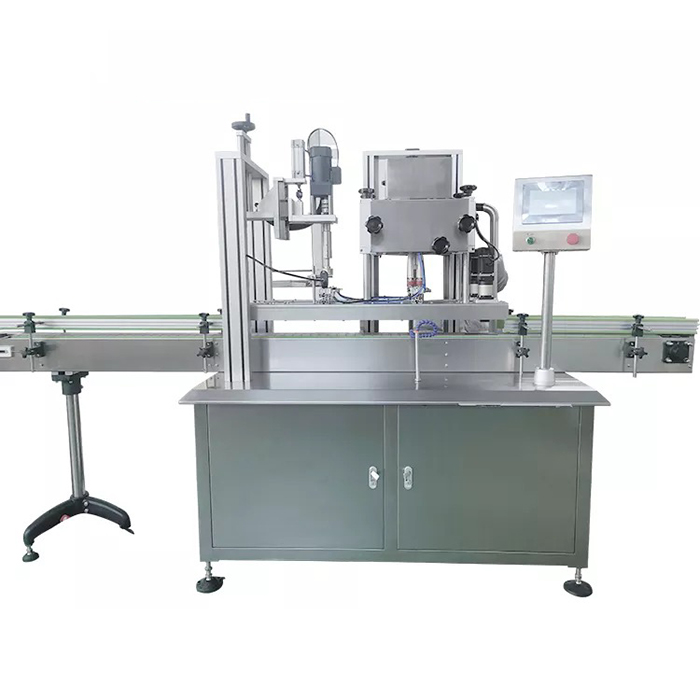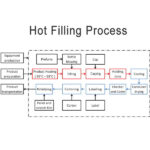You can often see glass bottles in daily life, there are various colors and shapes are also various, usually commercially used glass bottles are with sealed caps, there are many kinds of caps, such as round caps, Crown cork and so on, then you know how these caps are sealed to the bottle?
In this guide we will discuss how glass bottles are sealed in industry.
1. What is Glass Bottle?
A glass bottle is a bottle made from glass. Glass bottles can vary in size considerably, but are most commonly found in sizes ranging between about 200 millilitres and 1.5 litres. Common uses for glass bottles include food condiments, soda, liquor, cosmetics, pickling and preservatives. These types of bottles are utilitarian and serve a purpose in commercial industries.
Glass Bottle Examples
- Boston round or Winchester bottles - cylinder with heavily rounded top and bottom; thick glass, typically clear, blue, or amber. Common in medical and scientific applications.
- Long-necked or Woozy bottles - tall cylinder with a prominent neck, many of which are used as beer bottles
- Wine bottle - very standard shape, mostly cylindrical but gradually narrowing into the neck
- Spice bottles
- Liquor bottles
- Olive oil bottles - tall and relatively thin with a prominent neck. Marasca bottles are rectangular cuboids on the bottom and rounded on top; Dorica bottles are cylinders.
2. Glass Bottle Cap Type and Capping Machine
No matter what shape or size of glass bottle all have one thing in common. Each requires a cap to create a reliable seal and protect the product within. While you may be familiar with the standard screw cap - think bottled water or soft drinks - pay attention the next time you are in the grocery store and you may be surprised at the number of different closures available for your product. When choosing you cap, keep in mind that the type of capping equipment available for use will also depend on your choice of cap.
Screw Caps

Flat Cap

Flip Top Cap

Press Top Cap

Trigger Sprayers

While there are other variations of the screw cap, those listed above currently reign as the most popular. Similarly, though the screw cap seems to be the closure of choice in today's packaging world, other closures do exist.
Stoppers/Corks
Wine bottles, vials, perfume and a number of other products may use a bottle stopper or a cork to seal the product. Bottle stoppers may be plastic, glass, rubber or a number of other materials. The capping machines used to create a seal with these caps will also depend on the cap, container and production requirements. Many corks and bottle stoppers can be securely sealed with a snap capping machine. The snap capper will normally use either a snap belt with a gradual decline to push the cap into place or a press on head that "stomps" the closure into place as the cap and container pass under it. The cap and container material will help determine whether a belt or press on head should be used. A snap capper can also be combined with a spindle capping machine for unique caps or for facilities that use a variety of cap types when sealing their containers.
ROPP Caps

Summary
Whatever the shape and size of the glass bottle, the choice of glass bottle capping machine mainly depends on the shape of the cap and the way of capping. While capping machinery exists for all of the above mentioned cap types, choosing the correct capping machine for your unique bottle, cap and product combination can increase efficiency and productivity. If you would like to learn more about cap types or capping machinery, contact VKPAK today.














